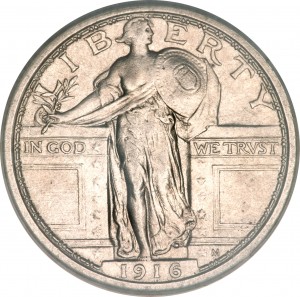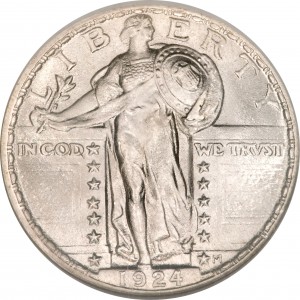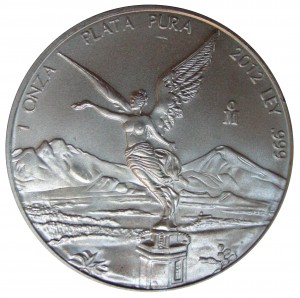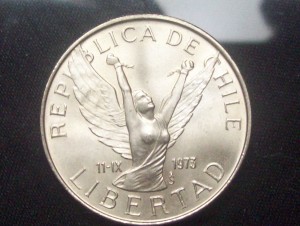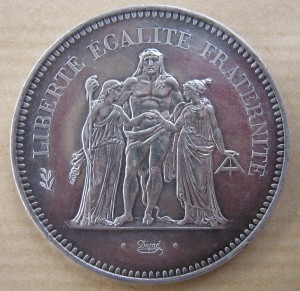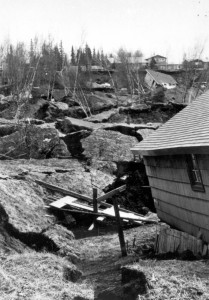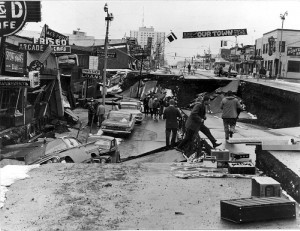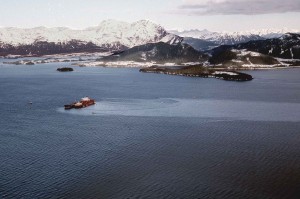The Most Famous (Historical) Topless Lady
Let’s face it: Americans are prudes. I first learned this when traveling overseas, and found that people from other countries are not freaked out about exposed skin the way Americans are. For example, in South Africa, people did not need changing tents on the beach, they simply changed into their swimsuits. And no-one cared. The little kids ran and played on the beach naked. And no-one cared. In America, people would be scandalized. It wasn’t always that way, but it seems Victorian sensibilities have been stuck in our society for quite a while, at least among the more conservative elements. Refer to this amusing bit of prudery.
And this one.
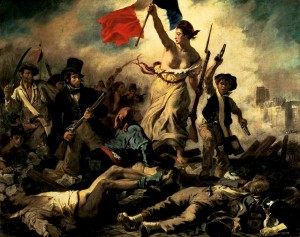 Racy Lady Liberty
Racy Lady Liberty
But what about the topless lady I speak of? Why, none other than Lady Liberty! One of the most famous paintings depicting Liberty comes out of the French July Revolution of 1830, one of many struggles for liberty in France. This is Eugène Delacroix’s Liberty Leading the People. In this painting Liberty, in the person of Marianne, is gallantly waving the French Tricolors, leading the Parisians in their quest for freedom and democracy. Why the exposed breasts? Some historians attribute this to the Romantic style of the painting with classical references – in the classics women are very often unclothed. Another reason is that Marianne is an allegorical figure, an idea rather than a real person, and the rules regarding exposed flesh were different for mythical figures. [1]
When the French sculpture Frederic Auguste Bartholdi was commissioned to create the Statue of Liberty as part of an 1876 celebration of the 100th anniversary of the American Declaration of Independence, he created Liberty in more modest garb, perhaps to accommodate American tastes? (Actually, due to funding and other delays, the statue was a bit late for the 1876 centennial of the Declaration of Independence: it was not finished until 1886.) [2]
Here’s a famous incident involving American squeamishness over nudity: in 1916, the U.S. Mint debuted a new quarter featuring a Standing Liberty. On the new quarter, Liberty is shown in the classical style with one breast exposed. According to some sources, public outcry immediately ensued, and the Mint was forced to quickly redesign the new “obscene” quarter. [3] Perhaps making a veiled statement about the hub-bub, the sculptor, Hermon Atkins MacNeil, corrected the situation by depicted Liberty wearing a chain-mail vest covering the offending torso up to her neck, rather than simply rearranging her gown. You should know there is an alternate version to the story. [4] Some historians don’t accept the “public outcry” explanation. You see, in 1916 America was very concerned about defense and was about to reluctantly enter World War I. In this atmosphere Liberty was depicted in a defensive posture (note that she’s holding a shield). The Mint may have belatedly decided it was inconsistent for Liberty to be so vulnerable in her dress and should be better protected. To me, the addition of the chain-mail vest is the inconsistency, since the shield, depicting defense, is on the left side of the figure, while Liberty’s right side, where she’s holding an olive branch, represents peace. Also, if the officials at the Mint thought there was a design inconsistency, why would that have not been fixed before going into production? An ironic side-note is that, due to the quick design change, the “breast-exposed” quarter became an immediate collector’s item.
The Rest of the World
Other countries are not so worried about Liberty’s modesty. Note these coins from Mexico and Chile depicting a winged Libertad. No worries here about using the classical form. See also this French coin with Liberty (the figure on the left holding a Liberty Cap on a pole) next to Hercules and Justice.
Sources:
[1] Romanticism in France Delacroix’s Liberty Leading the People, smarthistory.org
[2] History of The Statue of Liberty, statueofliberty.org
[3] The Bare-Breasted Liberty Quarter – 1916 & 1917 Standing Liberty Type, by Susan Headley, About.com/coins
[4] Standing Liberty Quarter, StandingLibertyQuarter.org
